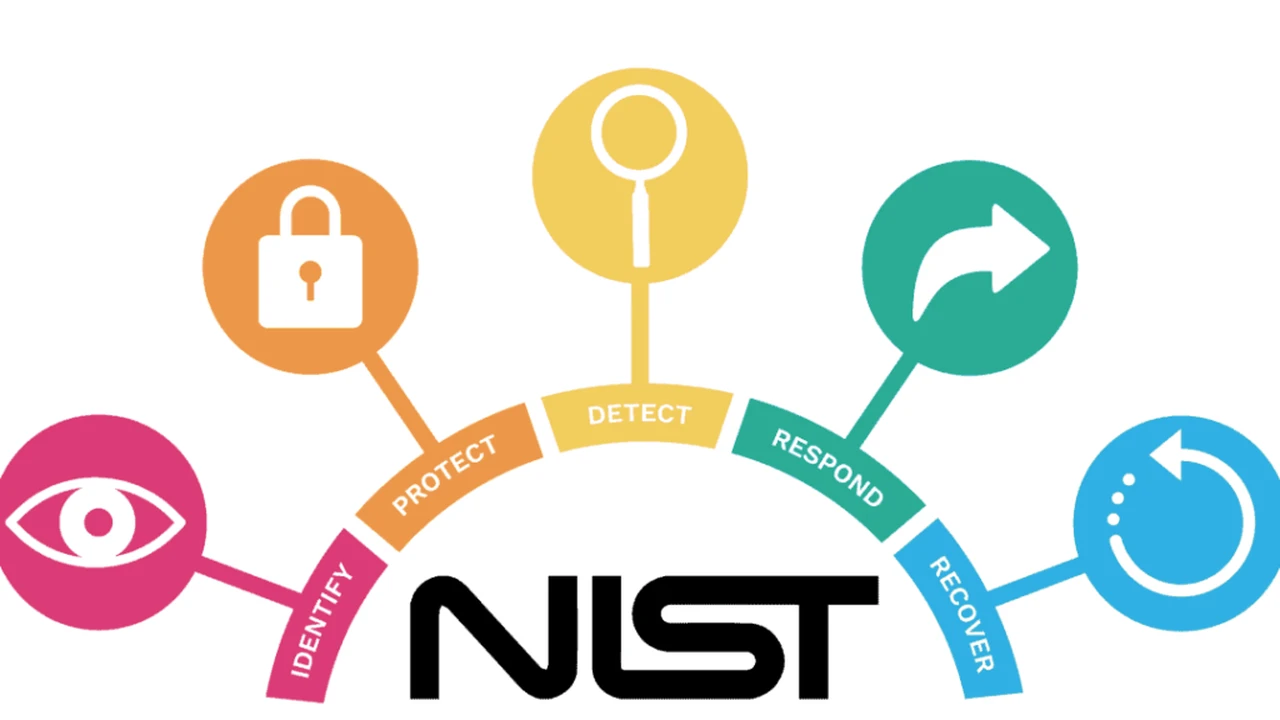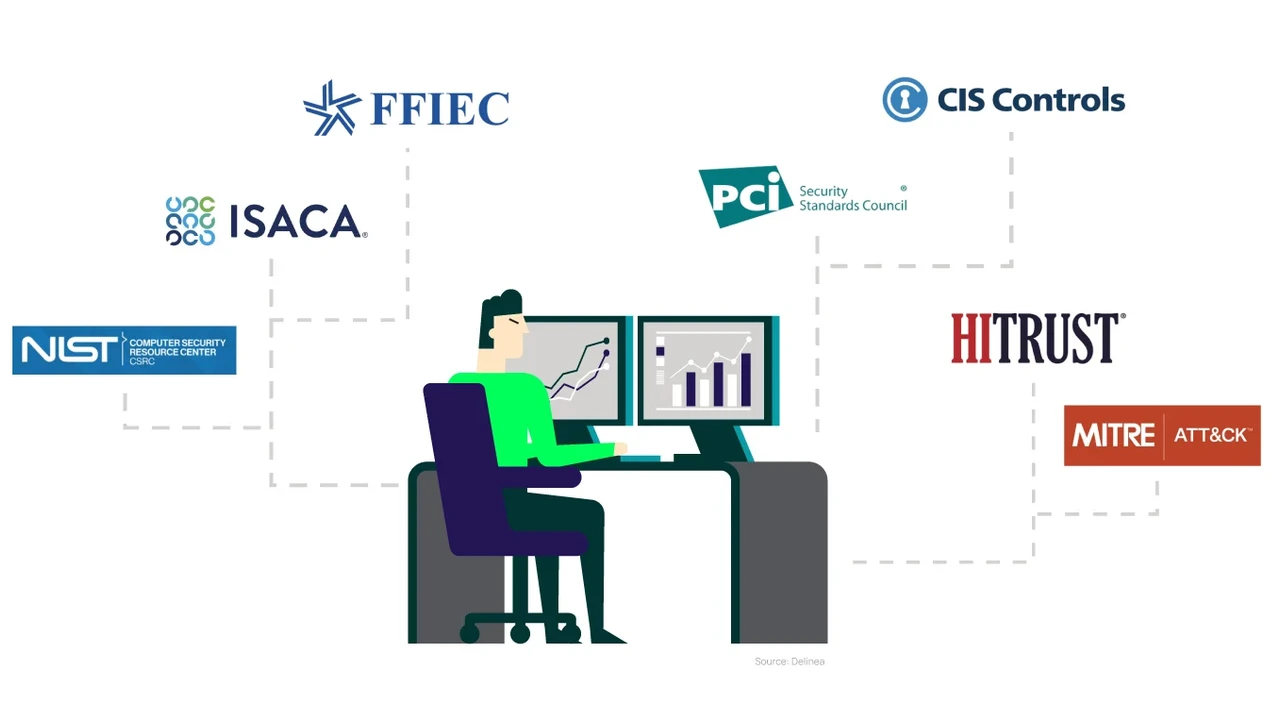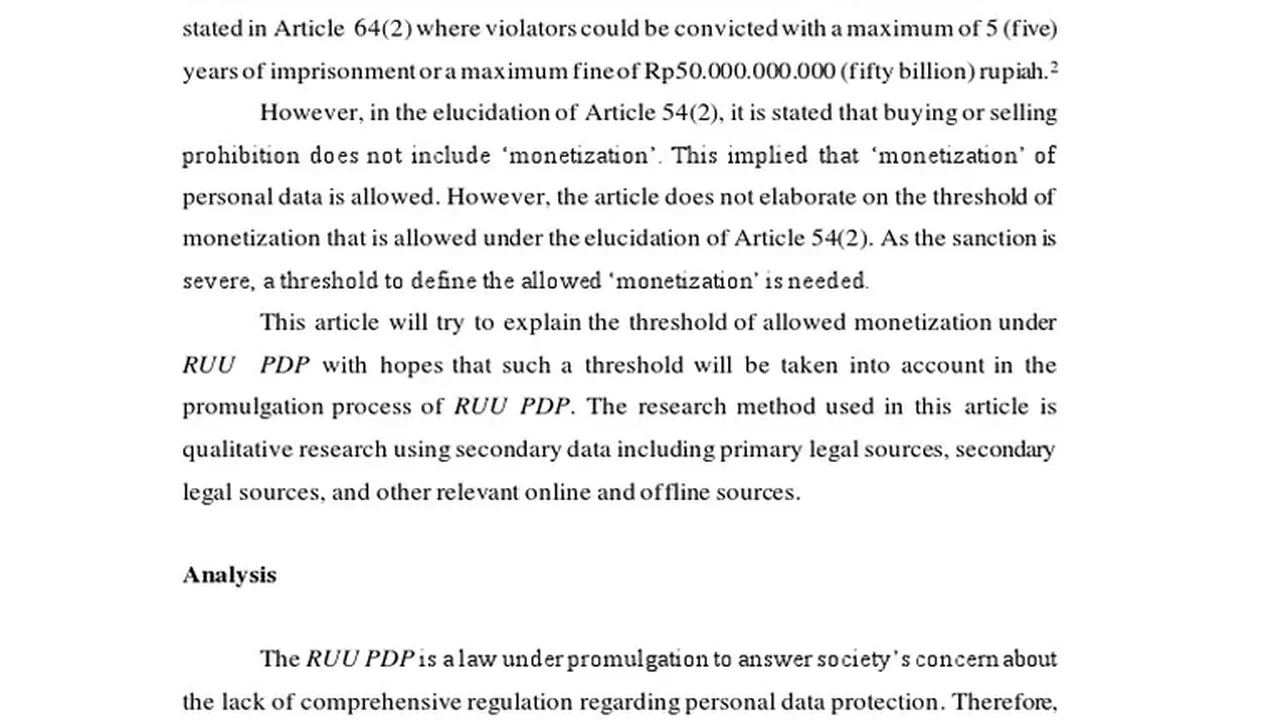NIST vs ISO 27001 A Comprehensive Cybersecurity Comparison
Explore NIST cybersecurity framework and ISO 27001 standards for US companies. Understand key differences, implementation strategies, and which best suits your business needs.

Introduction: Understanding NIST and ISO 27001 for US Cybersecurity
Okay, so you're trying to figure out the whole cybersecurity compliance thing for your US-based business, right? You've probably stumbled across NIST and ISO 27001. They're like the Batman and Superman of cybersecurity frameworks, but which one's the *right* superhero for your specific needs? Let’s break it down in plain English.
What is NIST? A Closer Look at the National Institute of Standards and Technology Cybersecurity Framework
NIST stands for the National Institute of Standards and Technology. Think of them as the folks who set the gold standard for all sorts of technical stuff in the US. Their Cybersecurity Framework (CSF) is a voluntary framework, primarily aimed at critical infrastructure. But, hey, it's useful for *any* organization looking to improve its cybersecurity posture.
The NIST CSF is built around five core functions: Identify, Protect, Detect, Respond, and Recover. Each function has categories and subcategories. It’s a risk-based approach, meaning you prioritize what matters most to *your* business.
What is ISO 27001? Exploring the International Organization for Standardization's Approach to Information Security
ISO 27001, on the other hand, is an international standard for an Information Security Management System (ISMS). It's a bit more structured and prescriptive than NIST. The big difference? ISO 27001 is *certifiable*. You can get officially certified, which can be a big plus when dealing with clients or partners who require it.
ISO 27001 is all about establishing, implementing, maintaining, and continually improving an ISMS. It focuses on a Plan-Do-Check-Act (PDCA) cycle to ensure ongoing security improvements.
Key Differences Between NIST Cybersecurity Framework and ISO 27001 Standards
Alright, let's get down to the nitty-gritty. Here's a head-to-head comparison:
- Approach: NIST is more of a *framework* – a set of guidelines. ISO 27001 is a *standard* – more rigid and prescriptive.
- Certifiability: You can get certified for ISO 27001. NIST is not certifiable.
- Focus: NIST is broader, covering a wide range of cybersecurity topics. ISO 27001 is more focused on information security management.
- Implementation: NIST is more flexible and adaptable. ISO 27001 requires adherence to specific controls.
- Audience: NIST is heavily used in the US, especially in government and critical infrastructure. ISO 27001 is recognized globally.
US Business Needs Which Framework is Right for You?
So, which one should *you* choose? It depends. Here's a simple guide:
- If you need a globally recognized certification: Go with ISO 27001.
- If you're a US-based organization, especially in critical infrastructure or working with the government: NIST is a solid choice.
- If you want a flexible, risk-based approach: NIST might be a better fit.
- If you need a structured, auditable system: ISO 27001 is the way to go.
Often, companies use *both*. They might start with NIST to assess their risks and then implement ISO 27001 to formalize their security management system.
Implementation Strategies Practical Steps for NIST and ISO 27001 Compliance
Okay, let's talk about actually *doing* this stuff. Here are some practical steps:
NIST Implementation Steps
- Identify: Understand your business context, critical assets, and regulatory requirements.
- Protect: Implement security controls to protect your assets. This might include things like firewalls, intrusion detection systems, and access controls.
- Detect: Set up systems to detect security incidents. This could involve log monitoring, anomaly detection, and security information and event management (SIEM) tools.
- Respond: Develop a plan for responding to security incidents. This should include roles, responsibilities, and procedures for containment, eradication, and recovery.
- Recover: Restore your systems and data after a security incident. This might involve backups, disaster recovery plans, and business continuity strategies.
ISO 27001 Implementation Steps
- Plan: Define the scope of your ISMS, conduct a risk assessment, and develop a security policy.
- Do: Implement the security controls defined in your policy. This includes things like access control, cryptography, and physical security.
- Check: Monitor and review your ISMS to ensure it's working effectively. This might involve internal audits, vulnerability assessments, and penetration testing.
- Act: Make improvements to your ISMS based on the results of your monitoring and review. This is the continuous improvement part.
Cybersecurity Product Recommendations for NIST and ISO 27001 Compliance
Alright, let's talk tools. Here are a few product recommendations that can help with both NIST and ISO 27001 compliance:
SIEM Tools for Security Information and Event Management
SIEM tools help you collect and analyze security logs from various sources. They're crucial for detecting security incidents and meeting compliance requirements.
- Splunk: A popular SIEM platform with powerful analytics and reporting capabilities. *Use Case:* Monitoring network traffic for suspicious activity. *Pricing:* Varies based on data volume, starting around $7,000 per year.
- IBM QRadar: Another leading SIEM solution with advanced threat intelligence and incident response features. *Use Case:* Identifying and responding to malware infections. *Pricing:* Starts around $10,000 per year.
- LogRhythm: A unified security intelligence platform that combines SIEM, log management, and network monitoring. *Use Case:* Detecting and investigating insider threats. *Pricing:* Custom pricing, typically in the $15,000+ range per year.
- Comparison: Splunk is known for its flexibility, QRadar for its advanced threat intelligence, and LogRhythm for its unified approach. Choose based on your specific needs and budget.
Vulnerability Scanning Tools for Risk Assessment
Vulnerability scanners help you identify weaknesses in your systems and applications. They're essential for conducting risk assessments and prioritizing remediation efforts.
- Nessus: A widely used vulnerability scanner with a comprehensive database of known vulnerabilities. *Use Case:* Identifying outdated software and misconfigurations. *Pricing:* Nessus Essentials (free), Nessus Professional ($2,990 per year).
- Qualys: A cloud-based vulnerability management platform that provides continuous monitoring and assessment. *Use Case:* Tracking and managing vulnerabilities across your entire IT infrastructure. *Pricing:* Varies based on assets and modules, starting around $1,995 per year.
- Rapid7 InsightVM: A vulnerability management solution that combines vulnerability scanning, threat intelligence, and risk prioritization. *Use Case:* Prioritizing vulnerabilities based on their real-world exploitability. *Pricing:* Custom pricing, typically in the $5,000+ range per year.
- Comparison: Nessus is a great starting point due to its free version. Qualys offers comprehensive cloud-based management, while Rapid7 focuses on risk-based prioritization.
Endpoint Detection and Response (EDR) Tools for Incident Response
EDR tools provide real-time monitoring and threat detection on your endpoints. They're crucial for responding to security incidents and preventing data breaches.
- CrowdStrike Falcon: A leading EDR platform that uses cloud-based machine learning to detect and prevent threats. *Use Case:* Detecting and blocking ransomware attacks. *Pricing:* Varies based on features and endpoints, starting around $8,999 per year.
- SentinelOne: An EDR solution that uses behavioral AI to detect and respond to threats in real-time. *Use Case:* Protecting against zero-day exploits. *Pricing:* Custom pricing, typically in the $10,000+ range per year.
- Microsoft Defender for Endpoint: An EDR platform integrated with Windows 10 and Microsoft 365. *Use Case:* Protecting against phishing attacks and malware. *Pricing:* Included with some Microsoft 365 plans, or available as a standalone subscription.
- Comparison: CrowdStrike and SentinelOne are top-tier EDR solutions with advanced threat detection capabilities. Microsoft Defender is a good option if you're already using Microsoft products.
Final Thoughts Choosing the Right Path for Your Business
Ultimately, the choice between NIST and ISO 27001 (or using both!) depends on your specific business needs, regulatory requirements, and risk tolerance. Do your homework, talk to experts, and choose the approach that best protects your organization and helps you achieve your cybersecurity goals. Good luck!
:max_bytes(150000):strip_icc()/277019-baked-pork-chops-with-cream-of-mushroom-soup-DDMFS-beauty-4x3-BG-7505-5762b731cf30447d9cbbbbbf387beafa.jpg)





